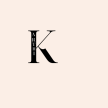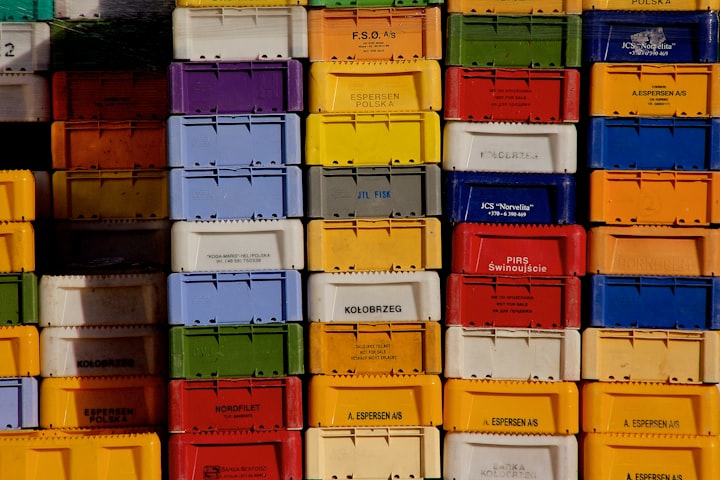
Trading chart patterns are an essential tool for technical traders who want to analyze and predict the direction of price movements in financial markets. These patterns provide insights into the psychology of market participants and can help traders identify potential trading opportunities. In this article, we will explore some of the most popular trading chart patterns and how to use them effectively.
Head and Shoulders Pattern
The head and shoulders pattern is a reversal pattern that signals a potential change in the direction of an asset's price. This pattern consists of three peaks, with the middle peak being the highest (the head), and the two outer peaks (the shoulders) being slightly lower in height. The neckline is drawn across the bottoms of the valleys that form between each peak. When the price breaks below the neckline, it signals a potential reversal from an uptrend to a downtrend.
Double Top and Double Bottom Pattern
The double top pattern is a bearish reversal pattern that signals a potential change in the direction of an asset's price. This pattern consists of two peaks that are roughly equal in height, separated by a trough in between. When the price breaks below the level of the trough, it signals a potential reversal from an uptrend to a downtrend. Conversely, the double bottom pattern is a bullish reversal pattern that signals a potential change in the direction of an asset's price. This pattern consists of two troughs that are roughly equal in depth, separated by a peak in between. When the price breaks above the level of the peak, it signals a potential reversal from a downtrend to an uptrend.
Flag and Pennant Pattern
The flag and pennant patterns are continuation patterns that signal a potential continuation of the current trend. The flag pattern consists of a sharp price movement (the flagpole) followed by a period of consolidation (the flag) that forms a rectangle. The pennant pattern is similar to the flag pattern, but the consolidation period is characterized by converging trend lines that form a triangle. When the price breaks out of the consolidation period in the direction of the trend, it signals a potential continuation of the trend.
Triangles
Triangles are another type of continuation pattern that signal a potential continuation of the current trend. There are three types of triangles: ascending, descending, and symmetrical. Ascending triangles are characterized by a flat resistance level and an upward-sloping support level. Descending triangles are characterized by a flat support level and a downward-sloping resistance level. Symmetrical triangles are characterized by converging trend lines that form a triangle. When the price breaks out of the triangle in the direction of the trend, it signals a potential continuation of the trend.
Wedges
Wedges are another type of continuation pattern that signal a potential continuation of the current trend. There are two types of wedges: rising and falling. Rising wedges are characterized by converging trend lines that slope upward. Falling wedges are characterized by converging trend lines that slope downward. When the price breaks out of the wedge in the direction of the trend, it signals a potential continuation of the trend.
Rectangles
Rectangles are a consolidation pattern that signals a period of indecision in the market. This pattern is characterized by a flat resistance level and a flat support level. When the price breaks out of the rectangle in either direction, it signals a potential trend reversal.
In conclusion, trading chart patterns are an essential tool for technical traders who want to analyze and predict the direction of price movements in financial markets. These patterns provide insights into the psychology of market participants and can help traders identify potential trading opportunities. However, it is important to note that chart patterns are not infallible and should be used in conjunction with other technical indicators and fundamental analysis. With a thorough understanding of trading chart patterns,
THANKYOU FOR READING......................
TO KNOW MORE ABOUT CHART PATTENS CLICK HERE






Comments
There are no comments for this story
Be the first to respond and start the conversation.